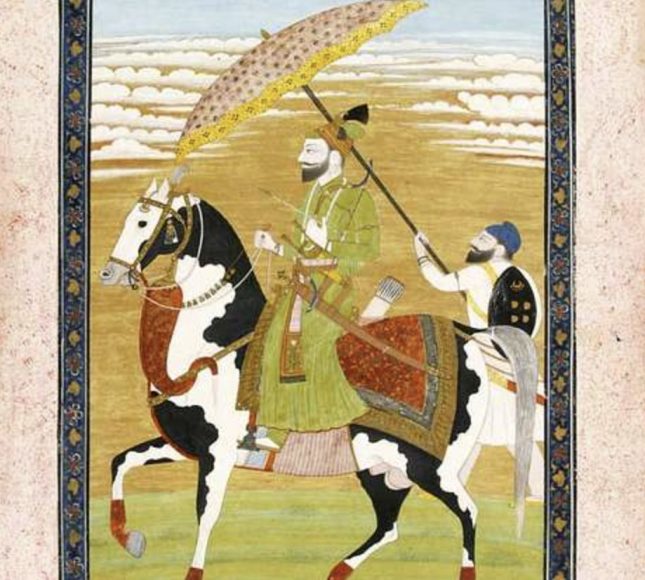Parchian Seva Das, variously titled as Sakhian Seva Das Udasi, Mahalan Dasan Kia Sakhian, Sakhian Dasan Patshahian Kia or Parchian Patshahi 10, is an eighteenth-century collection of 50 sakhis or anecdotes from the lives of the Ten Gurus. Only one sakhi each relates to the first eight Gurus; four are connected with the Ninth Guru, Guru Tegh Bahadur, and the remaining 38 narrate incidents from the life of Guru Gobind Singh. Nothing is known about the author, Seva Das, except that he, according to the colophon, belonged to the Udasi sect, which categorically distinguishes him from Seva Ram, the Sevapanthi writer. Several extant manuscripts of this work attest to its popularity.
The Bhasha Vibhag, Punjab, first published it in 1961, and a second edition was brought out in 1978. The work is hagiographical rather than historical in nature, although several episodes agree with similar accounts in other sources such as the Gurbilases and Bhai Santokh Singh’s Sri Gur Pratap Suraj Granth. The language is old Punjabi. The sakhis are narrative in style but didactic in purpose. Almost all of them convey some tenet or the other of Sikhism. For example, the 4th sakhi, in which Guru Ram Das, answering Baba Sri Chand’s question, says that he had grown a long beard in order to wipe with it the feet of holy men like him, teaches humility. In several of the sakhis, Guru Gobind Singh reiterates how offerings made to the Guru or his masands are not to be treated as personal property but are held in trust for the Sikhs as a whole.
References :
Randhir Singh, Bhai, Udasi Sikhan di Vithya. Amritsar, 2116 Bk.
Gurmukh Singh, Sevapanthian di Panjabi Sahit nun Den. Patiala, 1986.



